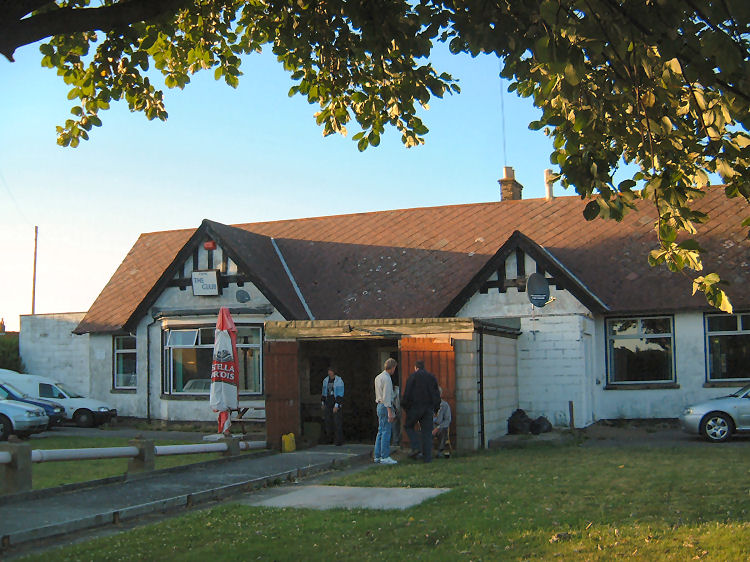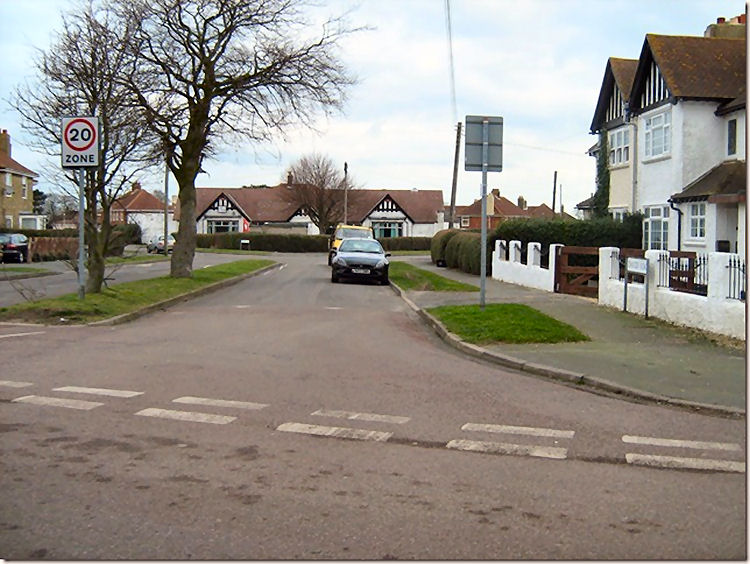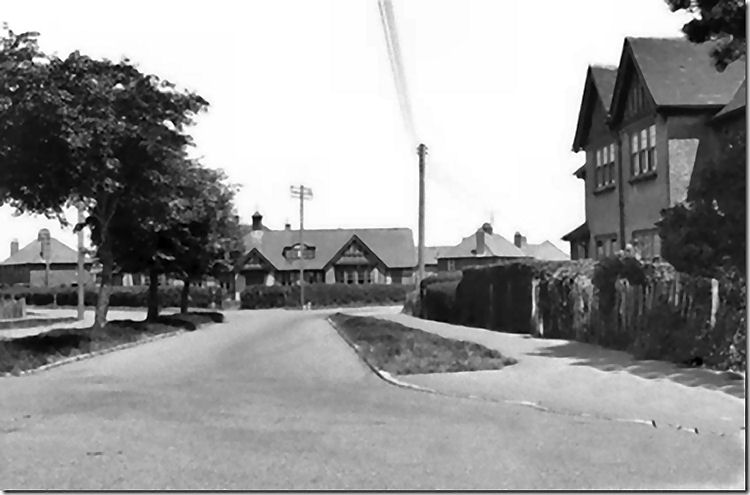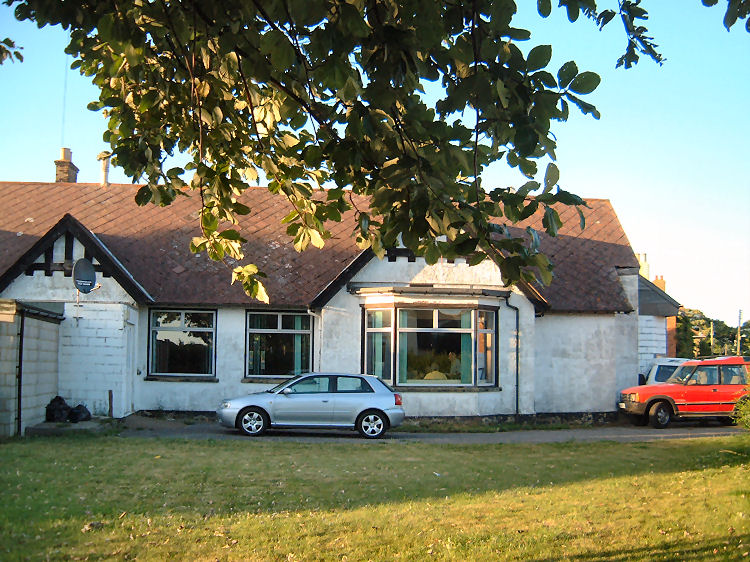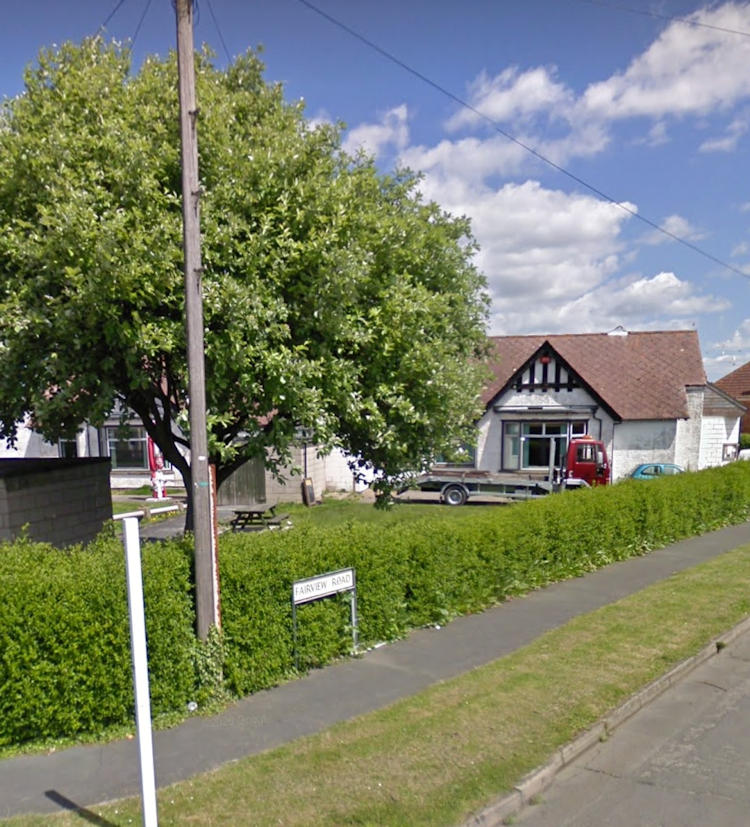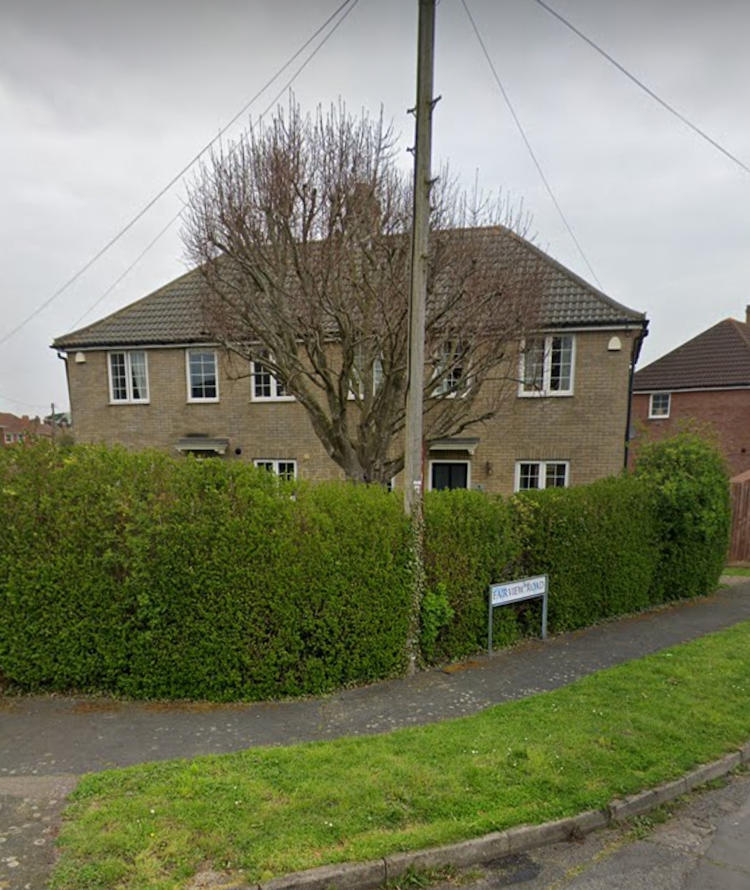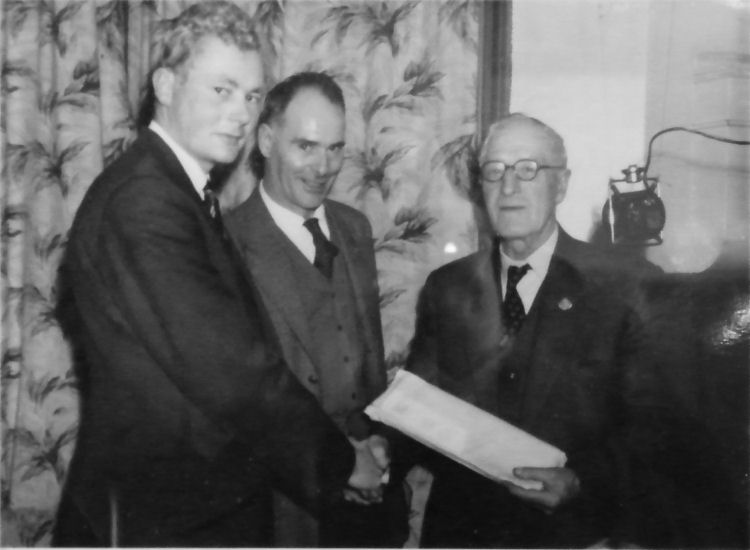Page Updated:- Monday, 01 April, 2024. |
|||||||||||||||||||
| PUB LIST | PUBLIC HOUSES | Paul Skelton | |||||||||||||||||
|
Earliest Feb 1916 |
Working Men's Club |
2010 |
|||||||||||||||||
|
Fairview Road Elvington
This history is based on an article written by Vic Carley in 1980. Vic had joined the Club in 1924, later becoming Club secretary. In 1976 he received the Club Union's Long Service Award after completing 25 years service to the Club. In recalling his earliest recollection of the Club, Vic remembered “My first memory of the Club is being served through a window about a yard square with my drink, standing in saw dust and having to walk around spittoons to find a seat”. The hard work and dedication of Members over the last 90 years has meant that the Club has now come a long way from those humble beginnings!
After the start of commercial coal production in 1913 there was a rapid increase in the number of miners at Tilmanstone Colliery. This in turn led to a growing need for social and leisure activities in the new community and as a result of the hard work and enthusiasm of a small number of miners Tilmanstone Colliery Working Men's Club was founded in February 1916. Kent Coal Concessions held the lease on an empty building at Elvington. This was rented by the Club and paid for by a weekly deduction from the miner's wages. Furniture and fittings from the old pit canteen hut were purchased and transferred to the new Club premises. The first secretary was Fred Broome and the first steward was Alf Winter who worked part time – also being employed in the pit. Two billiard tables were also purchased and for several years the Officers and Committee worked voluntarily until the tables were paid for. In the early days all purchases were made through donations from members. In November 1918 the Club was affiliated to The Club and Institute Union but strikes in 1921, 1924, 1926 meant it was very difficult to keep the Club going - but sacrifices and hard work by the members ensured survival. In 1931 the name of the Club was changed to the Elvington Working Men's Club and the rules altered so that Mr. Southan, the school-master and Mr. Hampshire, the postmaster and others could join as members. About this time Elvington Tenants Ltd took over the lease and they held it until the N.C.B took over the pit. During the 1920's and 30's the Club had a very strong billiard team competing in the Dover and District Billiard League, players included Sid Button (Captain), Harry Clarke, Joe Woodward, young Joe Bowers and Tom Vickers also Walter Durbin in the latter period. For many years Saturday night entertainment was provided by a Whist Drive and Dance; these were very popular and well supported. The music was supplied by Jim Wilkinson on the piano and Dai Davies on the violin. The most popular dances were the 'Lancers', 'Quadrilles' and 'Waltz Cantillion'. On the outbreak of war in 1939 The Club was closed for three nights whilst the Committee battled to buy, borrow or scrounge black-out material for the numerous windows. A lot of troops passing through the area made use of the Club whilst they were billeted in the local parks. Anti-aircraft gunners and searchlight crews stationed locally joined the Club and some of them married local girls, stayed in the district and are still coming to the Club. Negotiations to purchase the Club were opened about 1948 but because a lot of repairs were needed it took about four years before the purchase was completed. The Club negotiated a price reduction of £1,500 and carried out the repairs themselves. In 1952, after three general meetings, the two-thirds majority needed to alter a rule was obtained and Ladies were allowed to become members for the first time - but they were not allowed to use the billiard room. Later they were allowed to use the room on special occasions but it wasn't until about 1960 that ladies were allowed to use the billiard room at any time! Shepherd Neame Ltd. advanced the Club the money needed to buy the premises over a ten year period but this was paid back within seven years and the Club received the deeds in 1959 - this was a dream come true for the older members. During 1965-66 extensive alterations were made to the Club premises by adding a lounge and moving the bar to its present position. Previously the bar was between the billiard and concert rooms parallel with the entrance. The 50th anniversary of the Club was celebrated in February when it was honoured by the attendance of the Club Union General Secretary, Mr. J.B. Holmes, who made a presentation to Joe Bowers, the only surviving founder member present that night. During 1975-76 major improvements were made, both bars being altered, wall between concert room and lounge removed, ceilings lowered, new toilets built and floors carpeted, it cost about £34,000 and £20,000 was borrowed from the National Westminster Bank as a business development loan, repayable over seven years. 1979 saw the entrance altered to provide a separate entrance to either the billiard or concert room. 1980 the new games room was under constructed. At that time Bob Nixon was still serving as the Club secretary – at 79 years of age one of the oldest Club secretaries in the country.
Sadly closed, demolished and replaced by a pair of semi-detached houses.
LICENSEE LIST
|
|||||||||||||||||||
|
If anyone should have any further information, or indeed any pictures or photographs of the above licensed premises, please email:-
|
|||||||||||||||||||
| TOP |
|
|
|||||||||||||||||
